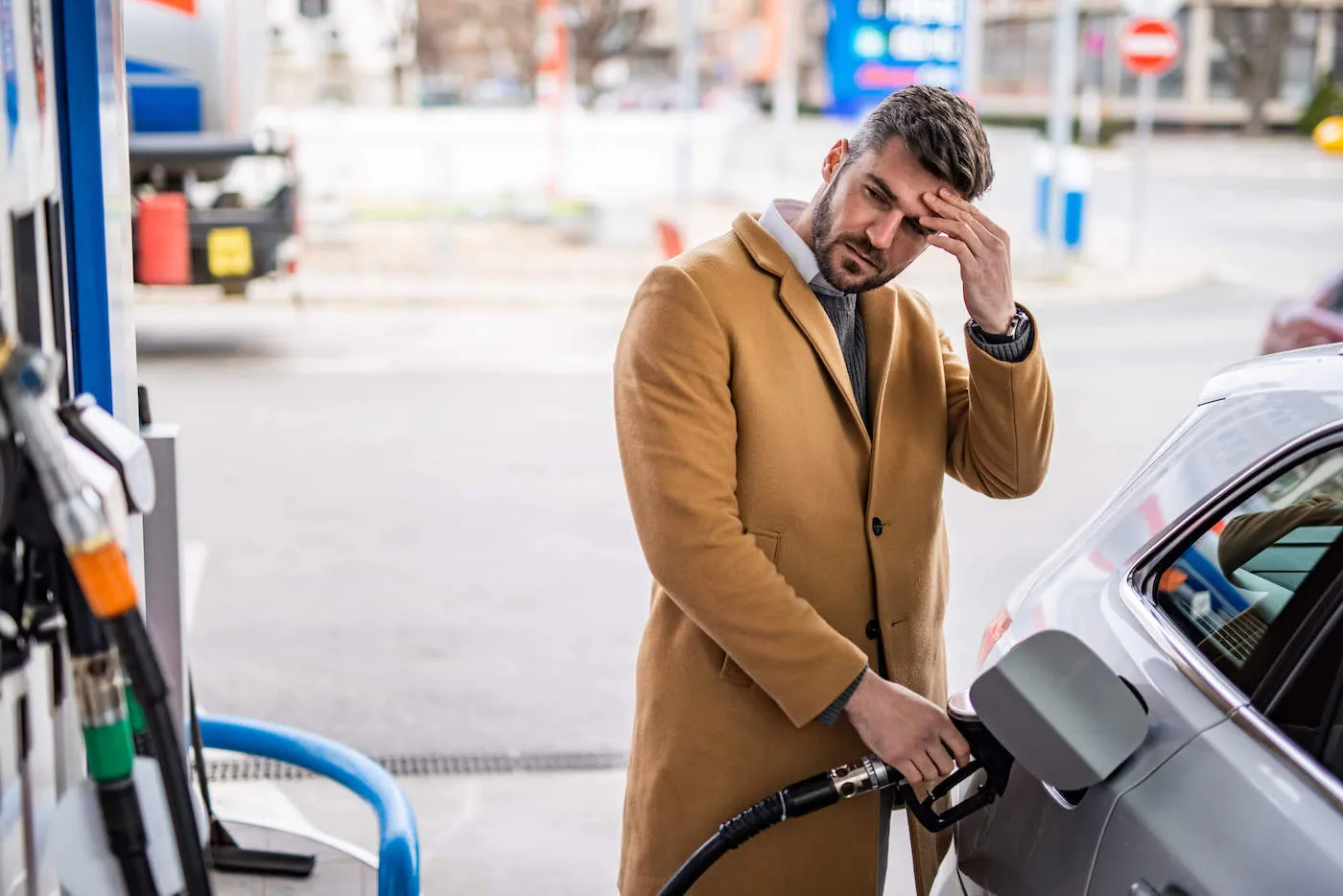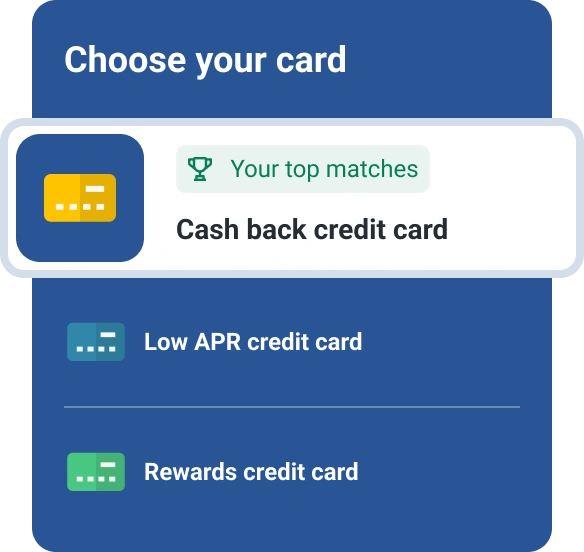19 Ways to Save Money on Gas
Quick Answer
You can save money on gas by using gas rewards credit cards, finding low prices with gas apps, joining gas station and supermarket rewards programs, maintaining your car well and practicing good driving habits.

Whether you're economizing after job loss or simply to shore up your savings, trimming fuel expenses can help you save. Gas prices fluctuated throughout 2023, and the U.S. Energy Information Administration projects crude oil prices may increase going into 2024. That can impact what you pay to fill up in the new year.
Fortunately, there are strategies to reduce what you pay. You can save money on gas by using gas rewards credit cards and gas apps, changing your driving habits and maintaining your vehicle. Here are 19 ways to spend less on gas.
1. Use a Gas Rewards Credit Card
Most gasoline companies offer credit cards with discounts on gas and cash back on convenience store purchases or car washes. However, since gasoline brand credit cards can only be used at that specific gas station, a gas rewards credit card that works anywhere may make more sense.
Gas rewards cards earn rewards points or cash back for each dollar spent on gas, typically at a rate of 3% to 5%. They also offer rewards for other types of spending and possibly welcome bonuses. When comparing cards, consider rewards rules and caps, the card's annual percentage rate (APR) and any fees.
2. Download a Gas App
Use gas apps such as GasBuddy, GasGuru and iExit to find low gas prices near you. AAA and Geico have gas apps for customers. Waze and Fuelio, though not gas-specific, provide crowdsourced info on current gas prices.
3. Use Fuel Rewards Programs
Many gas stations, including BP, Exxon Mobil, Murphy USA, Shell and Speedway, have rewards programs that are free to join. Rewards programs may offer a direct discount at the pump; rewards points redeemable for discounts on gas, car washes and convenience store purchases; and other special offers.
4. Earn Discounts When You Grocery Shop
Grocery store rewards programs at supermarkets such as Safeway, Kroger, Albertsons and Stop & Shop allow you to earn discounts on fuel at participating gas stations. You usually earn points for each $1 spent on groceries. Maximize savings by reviewing rewards terms, redemption limits and expiration dates. Some of these programs offer special promotional times where you'll earn extra fuel rewards points of specific purchases, such as gift cards.
5. Join a Membership Club
Warehouse stores such as Costco, Sam's Club, Walmart and BJ's sell discounted gas to members. These gas prices are generally five to 25 cents lower than the average gas station prices, according to Consumer Reports. A Walmart+ membership offers an additional 10 cents off per gallon at Walmart and other gas stations nationwide. Weigh potential savings against the cost of membership, as well as your likelihood to visit the gas stations where you'll receive discounts.
6. Drive Less
Save on gas by walking, biking, carpooling or taking public transportation. Is working at home even part time an option? That's another great way to cut your gas costs. Bonus: Driving less could reduce your car insurance premiums. Many insurance companies offer discounts if you drive 10,000 miles or less annually. Others have a pay-per-mile insurance option.
7. Stop Idling
Reducing idling saves gas and decreases air pollution. When waiting for over 10 seconds at an ATM, drive-through window or school pickup, turn your engine off. If possible, time your trips to avoid heavy stop-and-go traffic that requires idling.
There's no need to "warm up" your car on cold mornings, either. Today's cars only need to run for about 30 seconds before you start driving; engines continue warming up as you drive.
8. Drive Safely
Aggressive driving can lower gas mileage by 15% to 40%, the Department of Energy reports. Speeding, accelerating rapidly and braking suddenly can also cause accidents and increase wear and tear on your car. Gas mileage in most vehicles drops rapidly once you drive above 50 mph. Safe driving could also earn you discounts on car insurance, saving you even more.
9. Choose the Right Vehicle for the Job
If you have multiple vehicles, use the one with the best gas mileage whenever possible. Save your big SUV for family trips to Grandma's and hop in your compact hatchback for everyday errands and commuting.
10. Perform Regular Maintenance
Worn-out spark plugs, threadbare tires and clogged air filters force your car's engine to work harder, reducing fuel economy. Even if your vehicle seems to be functioning fine, follow your manufacturer's recommendations for regular servicing. Something as simple as keeping tires properly inflated can improve gas mileage by up to 3%, according to the Department of Energy. Find the correct pressure in the car's owner's manual.
11. Map Fuel-Efficient Routes
Consolidate errands to reduce time on the road. Use your phone's map apps to plot out a fuel-efficient path before heading out. Steer clear of backtracking, high-traffic routes and other gas-wasters to minimize gas use—and headaches.
12. Use Air Conditioning Wisely
Using auto air conditioning can lower fuel economy by 25% or more, according to the Department of Energy. To cool your car efficiently, air it out before getting in, or start your trip with the windows down. Don't switch on the A/C until you're on the road; most auto air conditioning systems work better when driving. Set the A/C on the highest comfortable temperature, and park in the shade or use window shades to keep your car cool.
13. Choose the Right Gas
On average, premium gas costs 92 cents more per gallon than regular, according to November 2023 data from the U.S. Energy Information Administration. Unless the manufacturer recommends premium gas, using a lower grade won't hurt your car's performance, AAA research says.
Consumer Reports advises buying Top Tier gasoline, available at all octane levels, which features special additives to clean and protect engines. It averages just 3 cents more per gallon than non-Top Tier fuel, but can significantly decrease deposits that reduce fuel economy. Find Top Tier gas by looking for the Top Tier logo at gas stations.
14. Use the Recommended Motor Oil
Choosing the proper grade of motor oil for your engine can enhance gas mileage by up to 2%. Check your vehicle's owner's manual for the correct motor oil.
15. Maintain a Steady Speed
Driving at constant speeds and within speed limits can significantly improve gas mileage. In Consumer Reports testing, driving at a steady 55 mph boosted fuel economy by 6 mpg to 8 mpg in tested midsized vehicles, compared to driving at 65 mph. Maintain speed using cruise control on highways. In the city, anticipate stops and take your foot off the gas pedal to slow down gradually instead of braking abruptly.
16. Keep Your Windows Up
When your car's windows are down, the engine must work harder to overcome aerodynamic drag (wind resistance). Once a vehicle reaches highway speeds, over 50 percent of its engine power is used to overcome wind resistance, according to Consumer Reports. Open windows increase drag, but if your car has a sunroof, you can vent it for fresh air without affecting the car's aerodynamics.
17. Limit What You Tow or Carry
Remove cargo racks when not using them. Even empty vehicle roof racks increase wind resistance, reducing fuel economy by up to 25% at highway speeds. In Consumer Reports testing, average mileage for a Nissan Altima dropped 5 mpg with an empty rooftop bike rack and 13 mpg with two bicycles on the rack. Towing a trailer or carrying heavy loads in your vehicle also lowers your mileage. The Department of Energy estimates every 100 extra pounds of weight raises fuel costs by up to 3 cents per gallon.
18. Keep Hybrid Vehicles Fully Charged
Reduce gas costs by keeping your plug-in hybrid's battery charged. A fully charged battery uses more electricity and less gas, so you won't have to refuel as often.
19. Use Economy Mode
Many gas-powered and hybrid vehicles feature an "eco mode" that adjusts vehicle functions such as steering, gear shifting and acceleration to save energy. Since eco mode also makes the car less responsive, it works best when driving 45 mph or less on flat roads where you won't need to react quickly.
Automakers claim eco mode significantly improves fuel economy. However, multiple Consumer Reports tests found no fuel savings in either city or highway driving. In addition, eco mode forces your car's systems to work harder, increasing wear and tear, which could outweigh any gas savings. If you have economy mode, you could try it and see what you think.
The Bottom Line
Gas rewards credit cards are one way to save money at the pump, but most require good to excellent credit. Check your credit report and credit score before applying for a card and work on improving your score if necessary.
Want to lower your monthly bills?
We’ll negotiate bills for you and cancel unwanted subscriptions.
Get startedAbout the author
Karen Axelton specializes in writing about business and entrepreneurship. She has created content for companies including American Express, Bank of America, MetLife, Amazon, Cox Media, Intel, Intuit, Microsoft and Xerox.
Read more from Karen

